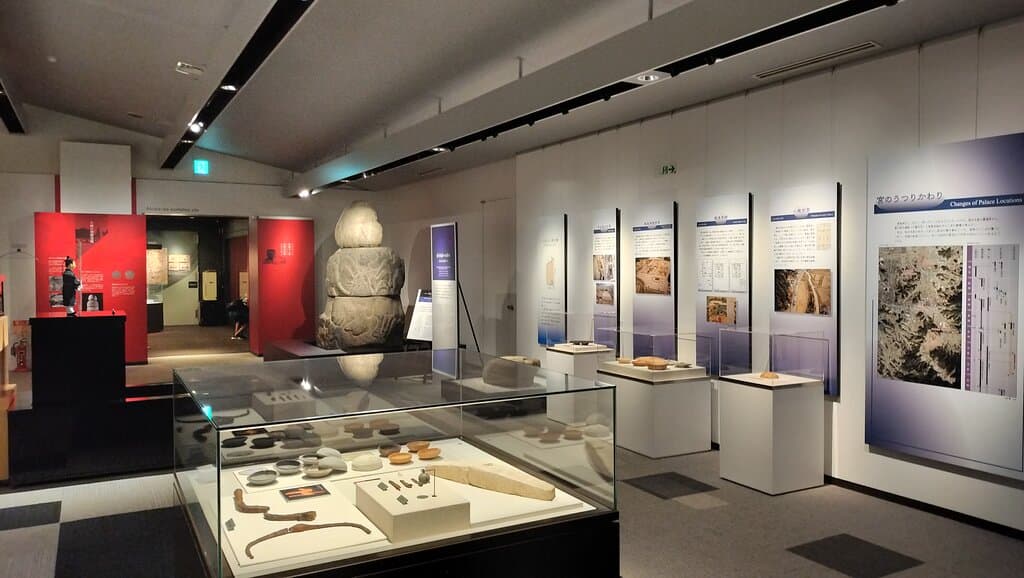
Asuka Historical Museum
Discover Japan's ancient Asuka period through artifacts, tomb mural replicas, and a serene garden.

Highlights
Must-see attractions

Social
From TikTok & Reddit
Best Time
Fewer crowds, more peaceful exploration

Asuka Historical Museum
Best Time
Fewer crowds, more peaceful exploration

Highlights
Must-see attractions
Discover Japan's ancient Asuka period through artifacts, tomb mural replicas, and a serene garden.
"A museum well worth seeing, offering incredible value and insights into Japan's formative historical era."
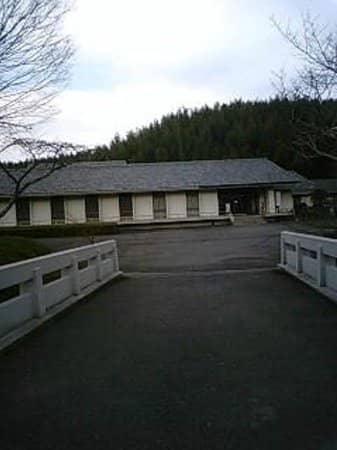
🚲 Rent a Bicycle
Explore the Asuka countryside and ruins with ease. Locals can provide maps and recommendations.
💰 Incredible Value
Adult admission is only 350 yen, offering a high-quality historical experience for a low price.
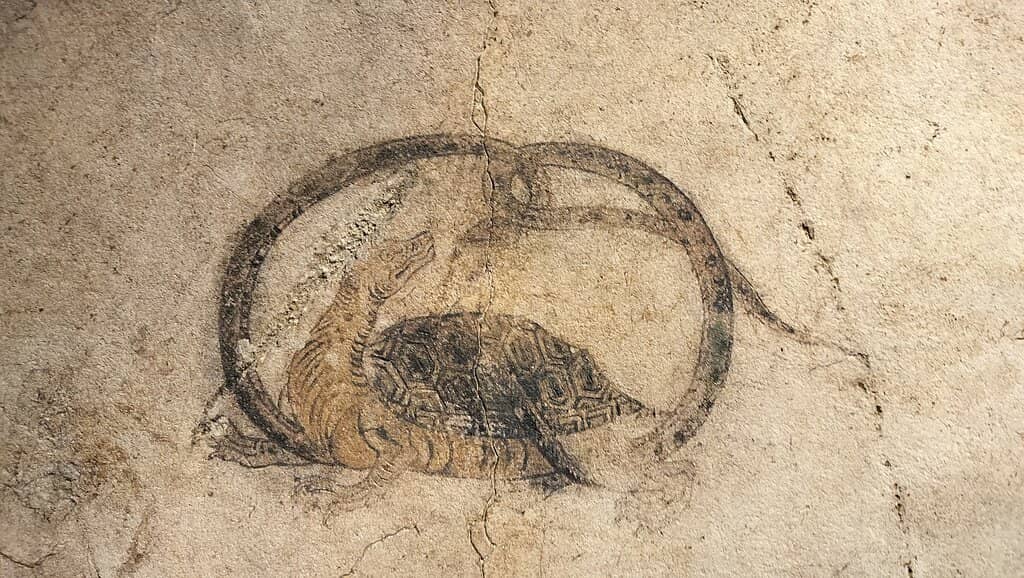
Highlights
Discover the most iconic attractions and experiences
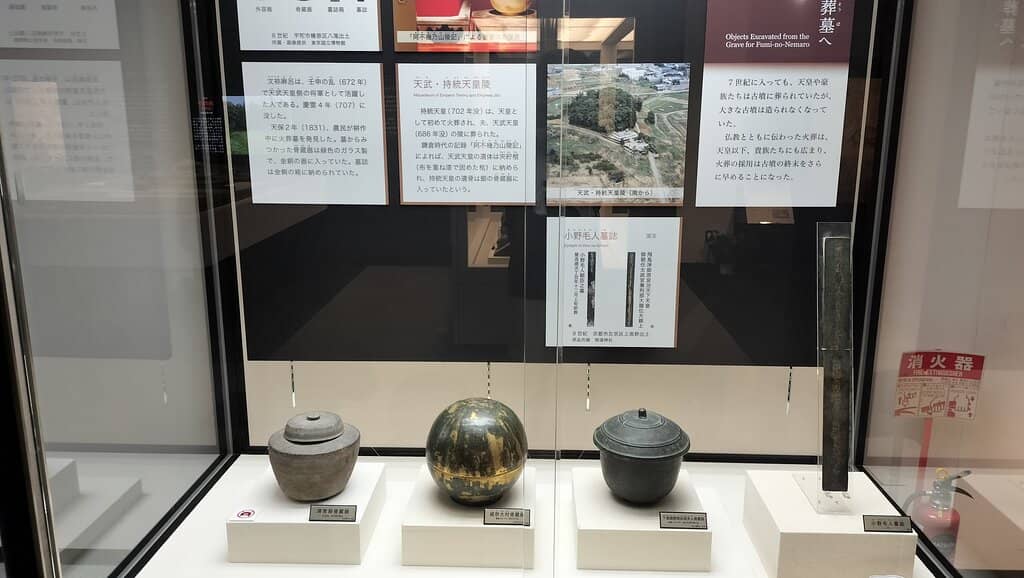
Shumisen-seki Stonework Replica
Marvel at the intricate details of replicated ancient stonework, a testament to early Japanese craftsmanship.
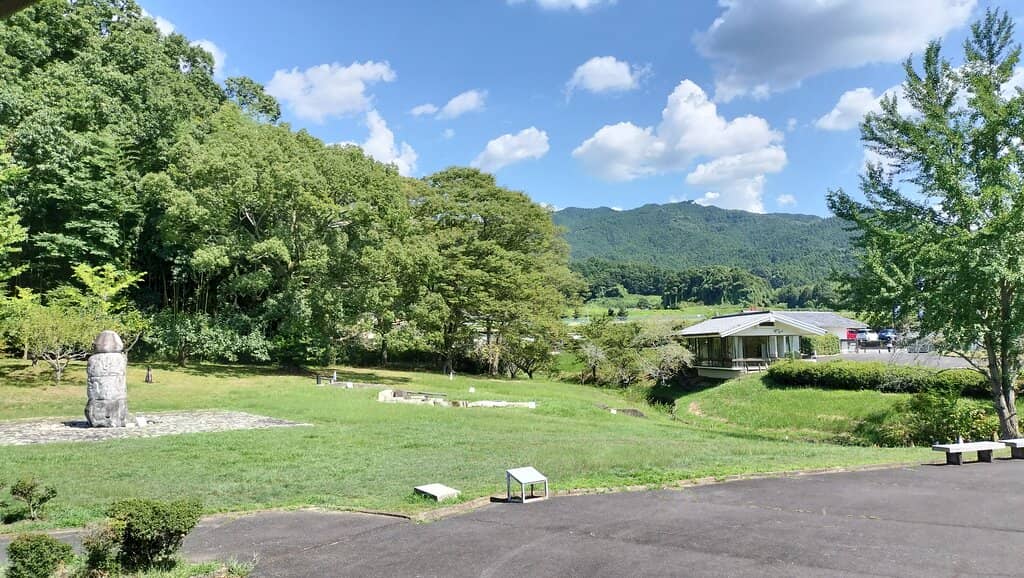
Takamatsuzuka Tomb Murals
View stunning reproductions of the vibrant murals that once adorned the Takamatsuzuka Tomb.
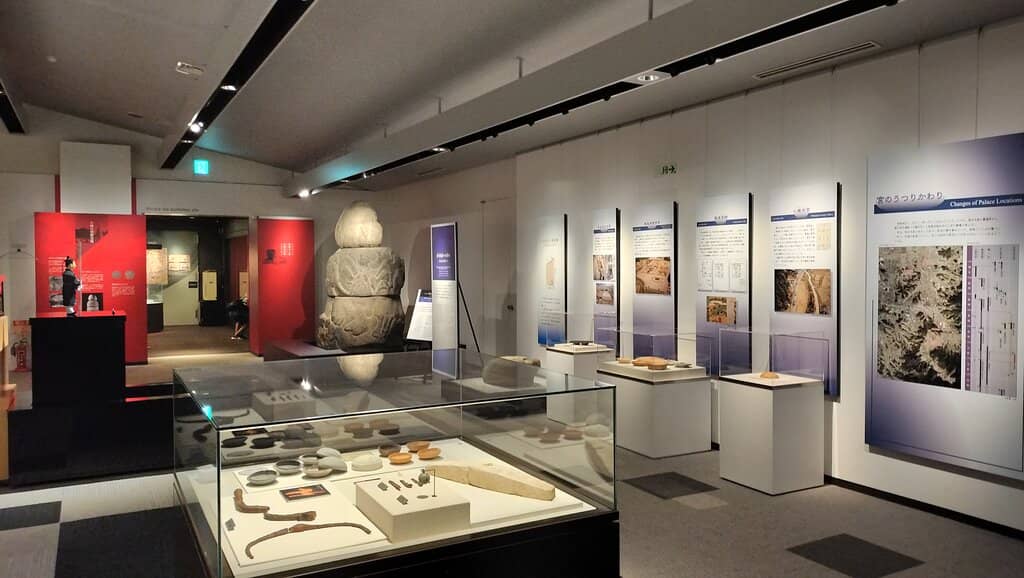
Yamada-dera Temple Ruins
Explore artifacts and a restored section from the significant Yamada-dera Temple ruins.

Tranquil Museum Garden
Find peace in the museum's serene garden, a perfect spot for reflection after exploring exhibits.
Plans like a pro.
Thinks like you
Planning Your Visit
Embrace the Asuka Era
Plan Your Visit Wisely
Best Times
Insider Tips
from TikTok, Instagram & Reddit
🚲 Rent a Bicycle
Explore the Asuka countryside and ruins with ease. Locals can provide maps and recommendations.
💰 Incredible Value
Adult admission is only 350 yen, offering a high-quality historical experience for a low price.
Blown away by Asuka, a day trip from Kyoto or Nara
Is Asuka worth a visit?
📸 Photography Friendly
Capture the exhibits! Photography is allowed in most areas, so bring your camera.
📚 Study Up First
Learn about the Asuka period here to better appreciate the real ruins and historical sites.
Skip Nara for Asuka?
Tips
from all over the internet
🚲 Rent a Bicycle
Explore the Asuka countryside and ruins with ease. Locals can provide maps and recommendations.
💰 Incredible Value
Adult admission is only 350 yen, offering a high-quality historical experience for a low price.
📸 Photography Friendly
Capture the exhibits! Photography is allowed in most areas, so bring your camera.
📚 Study Up First
Learn about the Asuka period here to better appreciate the real ruins and historical sites.
What Travellers Say
Reviews Summary
Visitors praise the Asuka Historical Museum for its exceptional value and insightful exhibits on Japan's formative Asuka period. The affordable admission fee and the opportunity to see replicas of ancient stonework and tomb murals are frequently highlighted. While some may wish for more extensive original artifacts, the museum effectively contextualizes the surrounding historical sites.
"My favorite replicated stonework was Shumisen-seki stonework. Noted on my wonder-tips site."
Keiko Kant
"You can learn about Asuka era."
W K
"When I visited Asuka Village at the end of last year, I prioritized touring the local sites, such as the Takamatsuzuka Tomb and Kitora Tomb, and although I knew about it I hadn't yet visited, so on my return this time I made this the first place I visited.
In conclusion, anyone visiting Asuka Village should go here first. You can get pretty basic information about the famous ruins and artifacts there.
You can enjoy just the garden, but you should definitely go inside."
akihiko matsuzawa
What People Like
What People Dislike
Frequently Asked Questions
🚇 🗺️ Getting There
The museum is located in the Asuka region of Nara Prefecture. Access typically involves taking a train to a nearby station like Asuka Station or Kashihara-Jingu-mae Station, followed by a bus or a bicycle rental to reach the museum and surrounding historical sites.
Many visitors find renting a bicycle to be the best way to explore Asuka's dispersed historical sites and enjoy the countryside. Maps are usually available at stations or the museum.
Yes, driving is an option, and parking is generally available. However, navigating the rural roads and finding specific sites can be part of the adventure.
It's recommended to visit the museum first to gain context, then use a bicycle or car to explore nearby ruins like Yamada-dera Temple, Takamatsuzuka Tomb, and Ishibutai Kofun.
While buses do run, they can be infrequent. Bicycle rental is highly recommended by travelers for flexibility and to truly experience the historical landscape.
🎫 🎫 Tickets & Entry
The admission fee is very affordable, with adults typically paying 350 yen. Those over 70 and under 18 often get in for free.
While specific discount days aren't widely advertised, the already low price makes it accessible. Free entry for seniors and youth is a significant benefit.
Opening hours can vary seasonally, so it's best to check the official website or local listings before your visit. Generally, it's open during daytime hours.
Advance booking is typically not required due to the low admission fee and the nature of the museum. You can usually purchase tickets upon arrival.
Information on accessibility can be limited online. It's advisable to contact the museum directly if you have specific accessibility needs.
🎫 🏛️ Onsite Experience
The museum houses artifacts excavated from Asuka's temples, palaces, and tombs, including replicas of stone structures, murals from Takamatsuzuka Tomb, and items from Yamada-dera ruins.
Yes, photography is generally permitted inside the museum, with the exception of a few specific areas.
Most visitors spend about 1-2 hours at the museum, depending on their interest level and whether they watch the explanatory videos.
Masuda-no-iwafune, or the 'Rock Ship of Masuda,' is a large, ancient stone structure in the Asuka region, often discussed in relation to the area's historical significance. While not directly inside the museum, it's a key site to visit.
The Asuka period (538-710 AD) was a crucial era in Japanese history, marked by the introduction of Buddhism, the development of a centralized state, and significant cultural advancements influenced by China.
🎫 🌳 Garden & Grounds
Absolutely! Many visitors highlight the tranquil museum garden as a significant draw and a beautiful place to relax.
The grounds feature elaborate replicas of ancient stone structures, offering a tangible connection to the past.
Yes, the garden is typically open for visitors to wander and enjoy the peaceful atmosphere.
Grounds and gardens are usually accessible, but it's always best to confirm specific pathways if mobility is a concern.
While primarily for relaxation, the garden's landscaping might reflect traditional Japanese garden design principles from the Asuka era.
For Different Travelers
Tailored advice for your travel style
👨👩👧 Families with Kids
Consider renting bicycles for a family adventure around the Asuka region. While some sites might require walking, the open spaces and the novelty of cycling through historical landscapes can be exciting. Pack snacks and water, as amenities can be sparse between sites. The museum serves as a great starting point to spark curiosity before venturing out to see the real ruins.
💰 Budget Travelers
Combine your visit with bicycle rentals to explore the surrounding historical sites without incurring significant transportation costs. Many of Asuka's most impressive ancient monuments are accessible via bike paths. Pack your own lunch to save on dining expenses, as the focus here is on historical exploration rather than extensive tourist amenities.
Deep Dives
In-depth insights and expert knowledge
Understanding the Asuka Period
Visiting the Asuka Historical Museum provides an excellent introduction to this pivotal time. The museum showcases artifacts excavated from ancient tombs, temples, and palaces of the period, offering tangible evidence of the era's sophistication. Exhibits often feature pottery, tools, Buddhist statues, and remnants of architectural elements. Understanding the context provided by the museum can significantly enhance your appreciation when visiting the actual historical sites scattered throughout the Asuka region.
Many travelers find that studying up at the museum before exploring the real ruins, tomb murals, and stone statues greatly deepens their understanding of their historical value and the political systems of the time. This proactive approach transforms a sightseeing trip into a more immersive historical journey.
Exploring Asuka's Ancient Sites
Renting a bicycle is overwhelmingly recommended by visitors as the best way to navigate the relatively spread-out sites and enjoy the scenic countryside. This allows for flexibility and the ability to stop at smaller, less-known points of interest. The local landscape, with its rolling hills and ancient monuments, offers a unique and tranquil atmosphere.
When planning your exploration, consider grouping sites geographically. For instance, the Yamada-dera Temple ruins are a significant historical complex, and the museum's exhibits on this temple are particularly relevant if you visit the actual site. The Masuda-no-iwafune mentioned in TikTok is another iconic stone monument that exemplifies the unique megalithic structures found in Asuka.
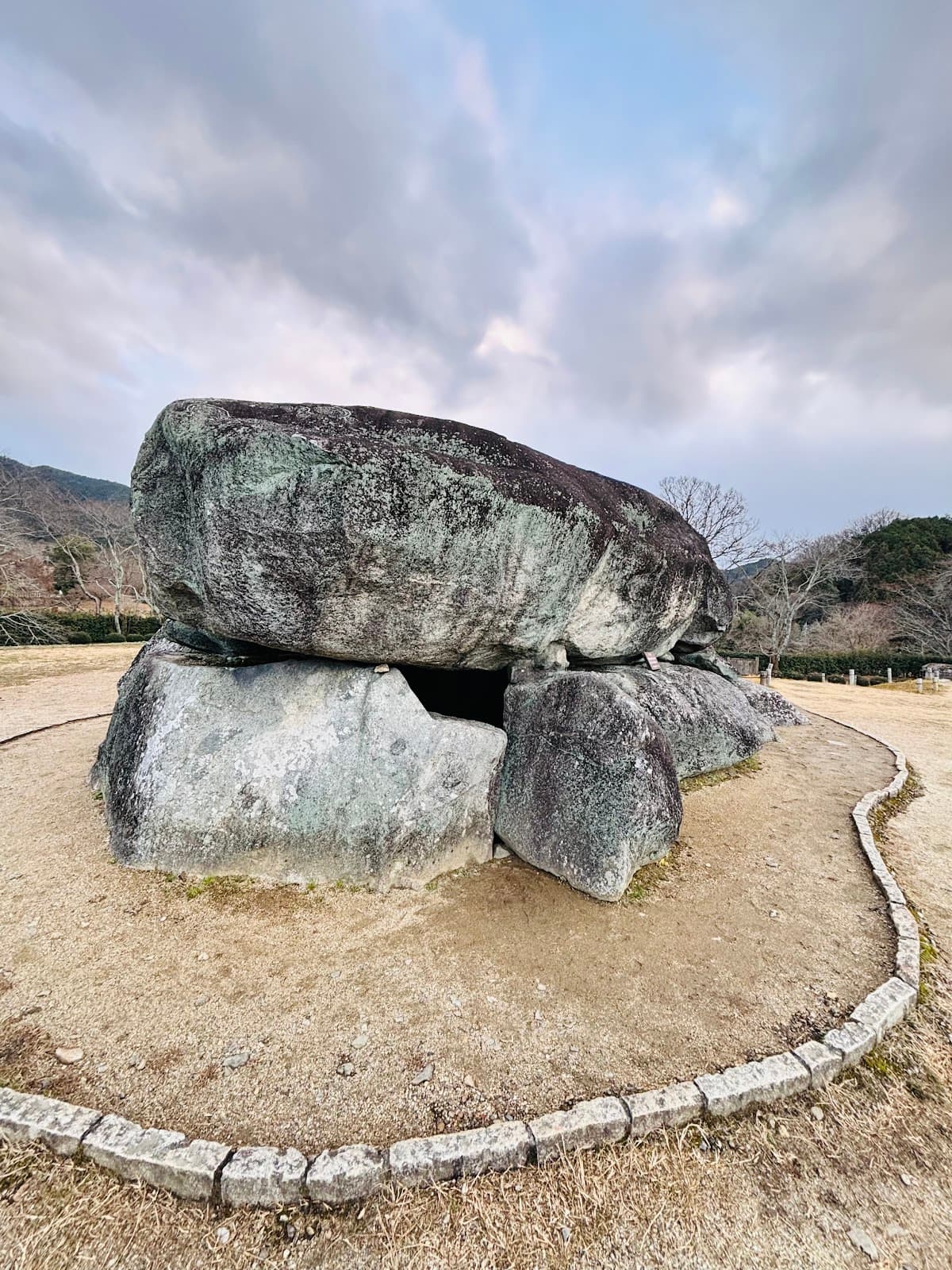
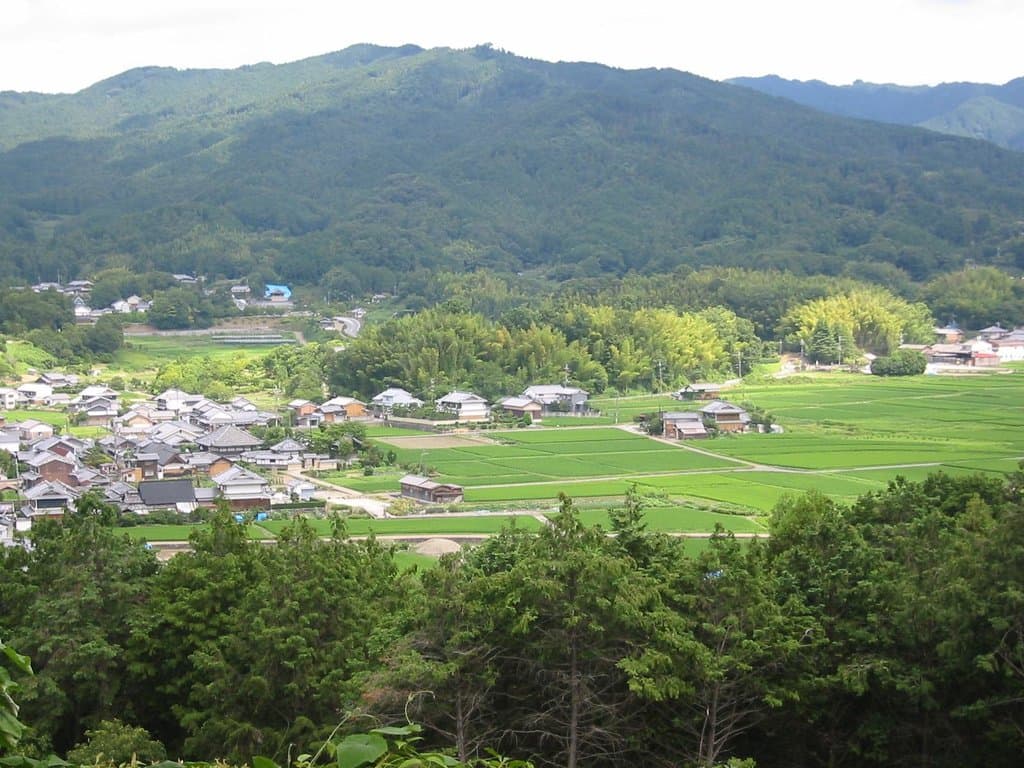
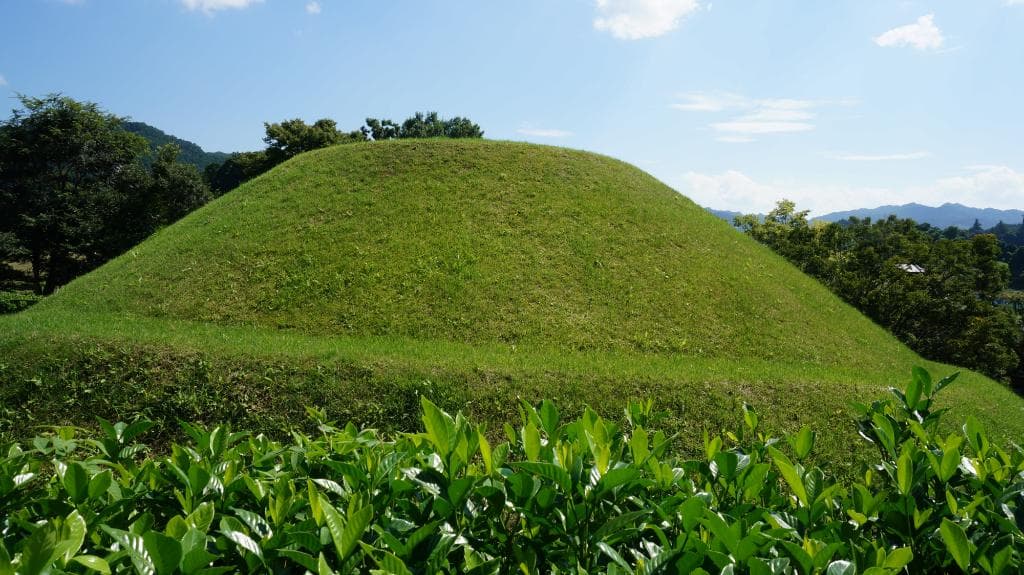
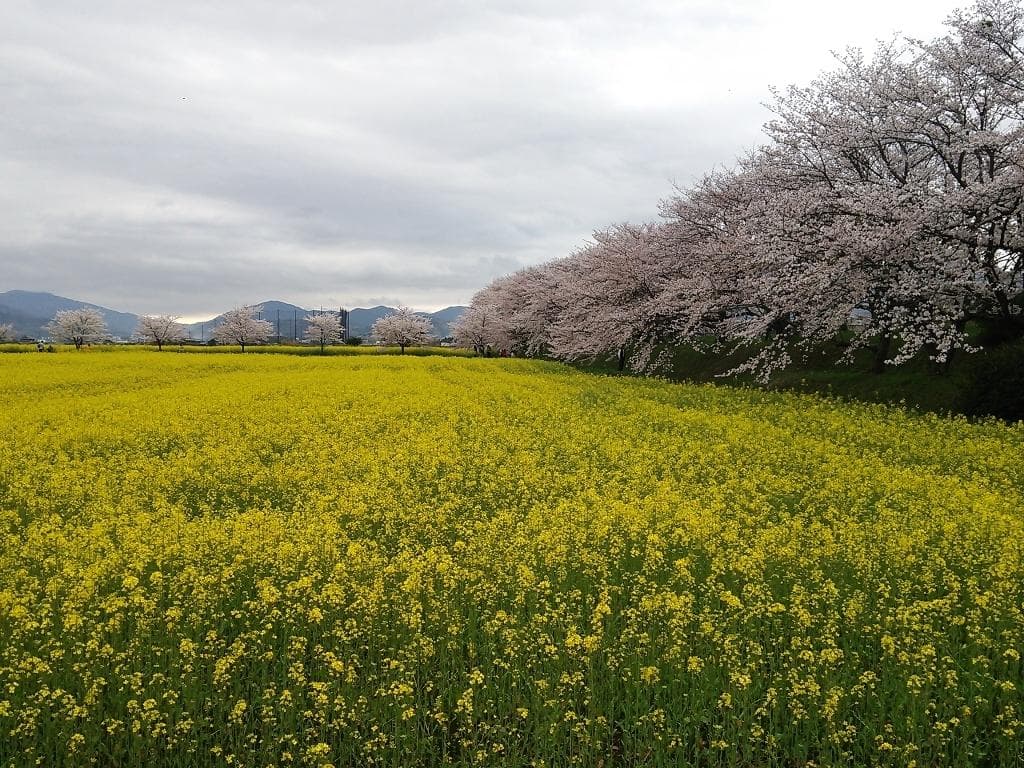

Social
from TikTok, Instagram & Reddit